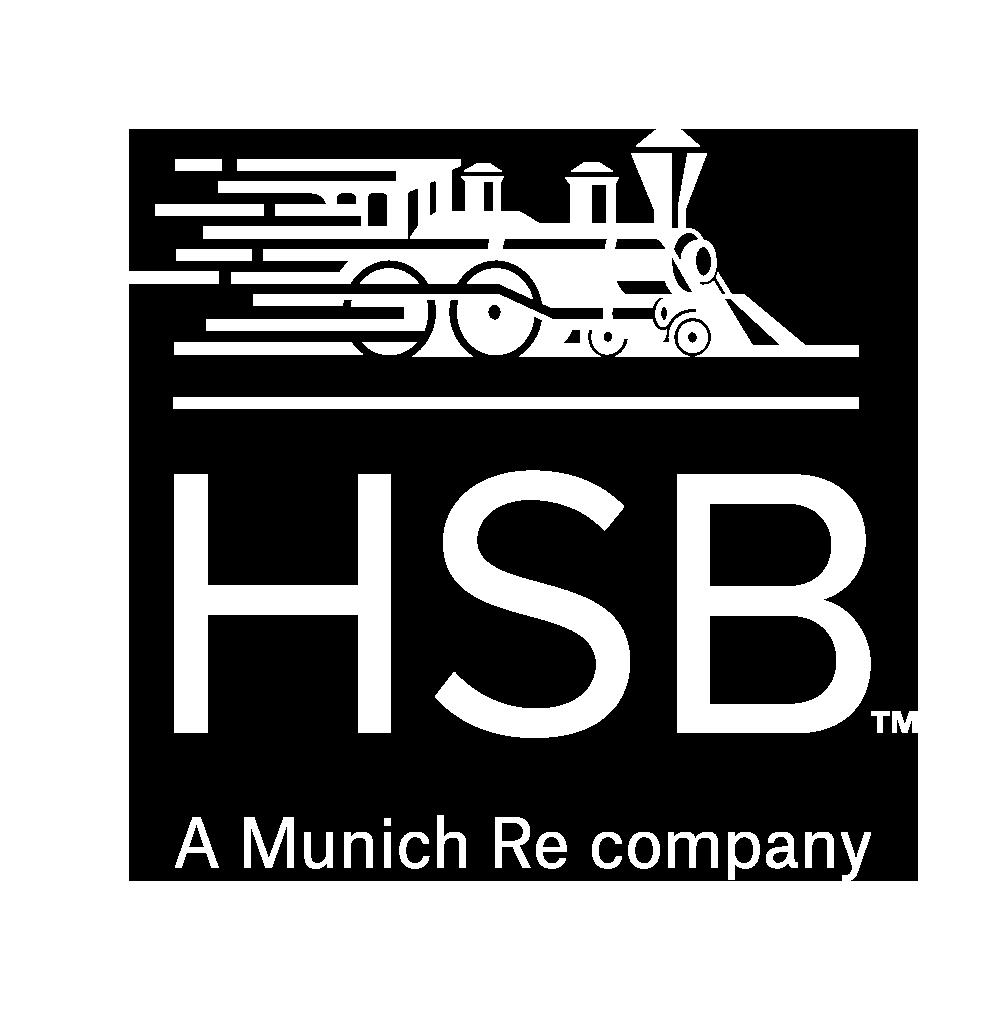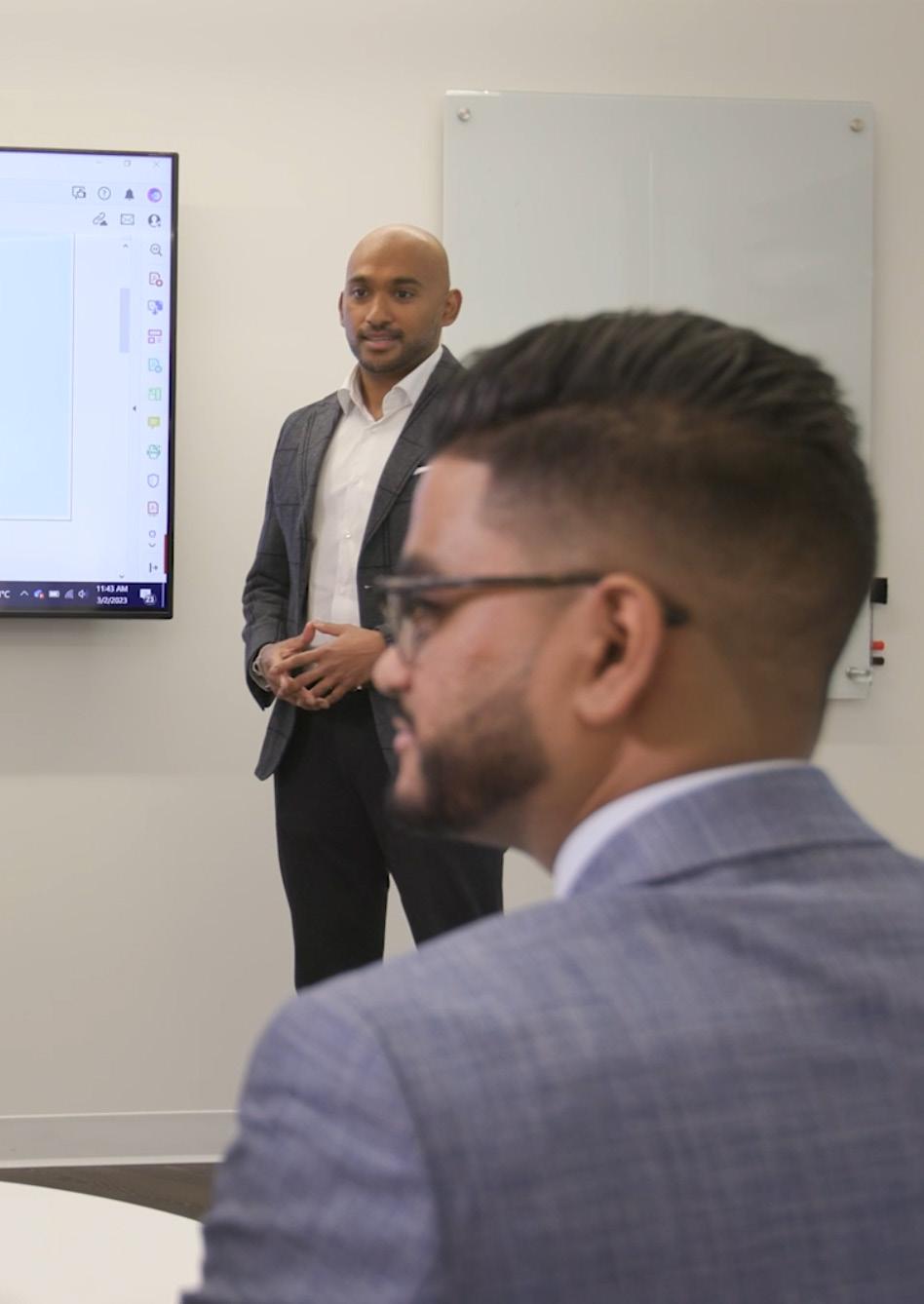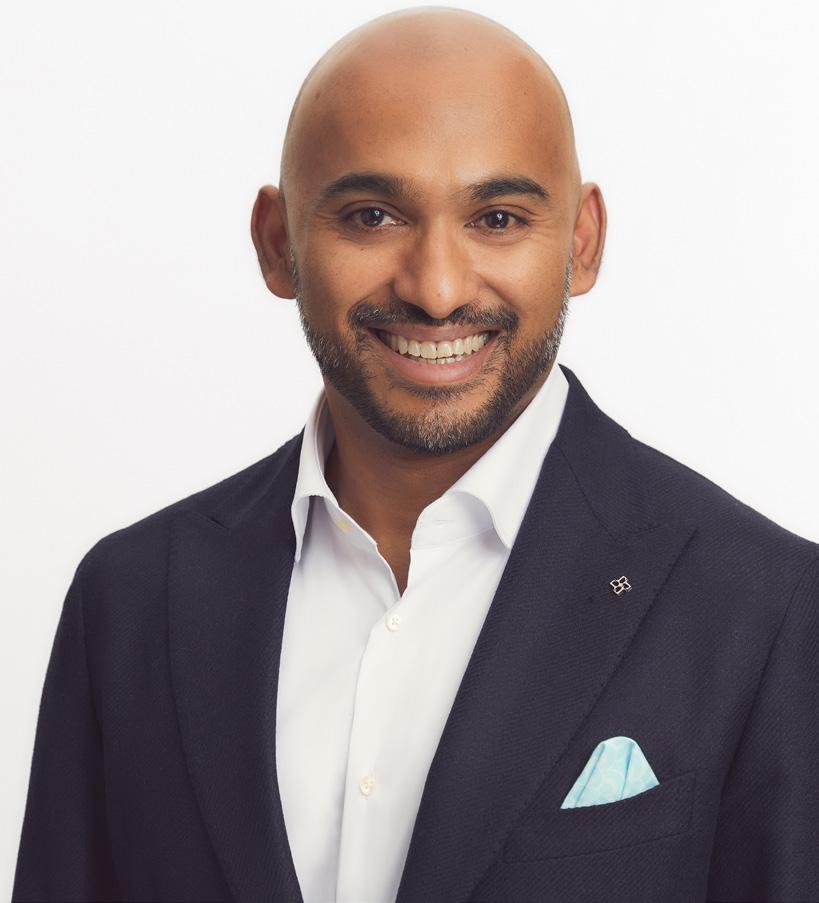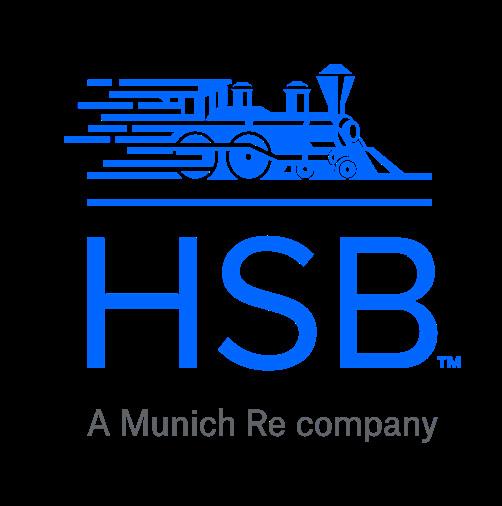












When a company has been in business for almost 150 years, you would expect to encounter some change along the way. Founded in 1875, HSB Canada started life at a time when pressure boilers were the primary engine powering equipment and machinery in industry across Canada.
The technology was relatively new and explosions were quite common, until companies like HSB Canada started deploying engineers to routinely inspect this prone equipment. At the time, this was an extremely novel approach, but the insurance industry has come a long way since 1875 –and HSB Canada with it.
Today, the Toronto-headquartered business provides inspection, risk management and IoT technology services, as well as insuring a number of specialty lines, including equipment breakdown cover – a nod to the company’s heritage, which is still reflected in its logo – as well as cyber insurance cover, a huge area of need in an increasingly volatile world. Since 2009, HSB has been a part of the Munich Re Group, giving it access to a wider pool of expertise –and the company acknowledges that talent is one of the things that sets it apart.

“The people here are one of our biggest differentiators,” proclaims Mike Scarbeau, Vice President Information Technology at
HSB Canada. “We have a lot of fantastic subject matter experts who are, I would say, the de facto experts in Canada, particularly on the inspection and engineering side. There’s a lot of great talent that has been brought into the business, so it’s a really exciting time to be here.”
Becoming part of Munich Re 15 years ago – the latest chapter in a long and storied history for the business – has only helped to accentuate that. “You certainly feel you’re part of a bigger group that has some amazing talent across the globe,” Scarbeau adds.
A lot of things have changed since HSB Canada was founded in 1875. There have been seven British monarchs (from Victoria to her great-great-great-grandson Charles III); 13 new American states; and 23 prime ministers of Canada (all but one term, in fact, as the company was started just eight years after the formation of the country).
A lot has changed from a technological viewpoint, as well as a social one, as HSB Canada’s Vice President Client Solutions and Innovation, Lasith Lansakara, explains: “I think there has been an evolution of technology with the introduction of connected technology, like internet of things (IoT) devices. There has been quick transfer of data, and there’s been increased proliferation of data available.
HSB Canada has evolved as a business and kept pace with societal changes and shifts in consumer demand during its near-150-year

“From an insurer’s perspective, it’s allowed us to create new products and assess risks better. I think those changes in technology, and even an evolution in consumer habits, are shifting the nature of risk. So if you take cyber insurance for example, a couple of years ago a hacking incident would have meant business interruption for a couple of days. Today that has evolved, and now there is the risk of extortion due to stolen data.
“It’s that evolution of the nature of risk that has created the need for these new products and requires insurers to be a bit more agile,” he says.
The way that consumers transact has also changed – not just in terms of the

“Today the biggest cyber threat to businesses is cyber extortion or ransomware. The exposure for your customers and as a business are significantly higher”
LASITH LANSAKARA VICE PRESIDENT, CLIENT SOLUTIONS AND INNOVATION, HSB CANADA
propensity to pay with coins and notes, but also what level of service they expect from their insurer. “They’re looking for a seamless, frictionless experience,” Lansakara says.
This evolution has inevitably resulted in some side effects. There are upsides, sure; the connectedness of our world results in improved access and availability of data, with sensors allowing insurers to gather data in real time and mitigate risks sooner and faster.
But there are also downsides. “It’s created another layer of risk, and it’s an area that is constantly changing,” Lansakara continues. We have more IoT devices in our homes and our work premises than ever before

TITLE: VICE PRESIDENT, CLIENT SOLUTIONS AND INNOVATION
INDUSTRY: INSURANCE
LOCATION: CANADA
Lansakara leads client-focused innovation and engagement for new solution development and adoption focusing on enhancing strategic engagement with clients. He acts as an innovation facilitator within HSB Canada to support achieving its ambitious growth and development objectives. Lansakara oversees the New Solutions practice and the Digital Distribution team.
Lansakara joined HSB Canada with over 10 years experience in the insurance industry and prior to joining HSB Canada, Lansakara was National Commercial Insurance Practice Leader, Senior Manager with a leading global consulting firm.

Lansakara holds a Bachelor of Science degree in Computer Science from Illinois Wesleyan University, as well as a Master of Business Administration from New York University.

Revolutionize your operations with our Toronto-based Tech company, offering expert IT consulting and staffing services. We empower Insurance and Financial service clients through Digital Transformation, Cloud, Cybersecurity, Data analytics and beyond. Leverage our global onshore, nearshore, and offshore capabilities for unmatched application development, data analytics, and quality engineering to drive your business forward.

– over 25, in fact, in the average American household, according to research published by Deloitte. This creates an additional vulnerability that cyber criminals are constantly seeking to exploit.
“Today the biggest cyber threat to businesses is cyber extortion or ransomware,” Lansakara says. “The exposure for your customers and as a business are significantly higher. This is where I think insurers, and even various technology vendors, need to focus their efforts to solve the evolving risk challenges.”
Despite being over 200 square miles larger than the US, Canada is often overlooked in favour of its older, more southerly neighbour. The country sometimes does not receive the credit or attention that it deserves, particularly for big discoveries or breakthroughs – insulin being one of the most famous examples, discovered by scientists at the University of Toronto.
So are we overlooking the progress that Canada’s insurance industry is making towards digital transformation? In short, no, say Scarbeau and Lansakara, who believe that the Canadian insurance ecosystem lags behind comparable countries when it comes to digitisation.
“When I talk to other CTOs or CIOs, I feel like some common problems are apparent in the trends and transformational goals that they have. But everyone seems

“We intend to be a dominant player in the cyber insurance space”
MIKE SCARBEAU ICE PRESIDENT, HEAD OF INFORMATION TECHNOLOGY, HSB CANADA
TITLE: VICE PRESIDENT, HEAD OF INFORMATION TECHNOLOGY
INDUSTRY: INSURANCE
LOCATION: CANADA
Scarbeau has extensive experience in senior management roles leading and developing high performing teams and worked as a Director of IT at a large mutual insurance organization before joining HSB Canada. Prior to that, he worked within the same capacity in the banking and the provincial government. The Board of Directors appointed him Vice President in 2021.

to be at a different place in the journey,” Scarbeau tells us. He accepts that most Canadian insurers are not at the fully digitised end of the spectrum.

“I think the Canadian market is probably behind the curve a bit,” Lansakara adds. “If you think of things like digital quote and bind rate comparators that are available, the UK certainly leads the pack. The US, I’d say, is not there but definitely catching up. I think Canada is gradually moving there.”
He believes that the company’s global footprint – including the beneficial relationship it shares with Munich Re –means that HSB Canada is able to incubate ideas faster and create opportunities for new technologies or new insurance models, like embedded insurance, faster than locally grounded players can.
Lansakara has a theory why Canada is looking up the track towards other countries. “As with a lot of digitisation journeys, there’s a bit of a lag until you see the results,” he says. “Markets like the UK and US probably made those investments a couple of years before we did here in Canada, but I believe the players here are feeling that competitive pressure [to evolve].”
Transformation is slowly happening, driven by relentless consumer demand, and both our interviewees are keen to see what future transformation this causes in the Canadian insurance landscape. Perhaps in another 148 years, future generations will be scoffing at the notion of cyber insurance or scratching their heads about the way cyber risk is insured.


As the custodian of all of HSB Canada’s technology initiatives, it falls with Scarbeau to orient the business’ tech stack for future success. “In terms of the IT space, I’m constantly looking for opportunities to adopt the philosophy of low-code and no-code, self-service for the business, and not becoming too reliant on IT all the time,” Scarbeau tells us. “But we have to have a really solid foundation to do that.
“Thankfully for us here at HSB Canada, we’ve already gone over to the cloud and we’re on scalable infrastructure that affords that type of responsiveness.”
Lansakara believes the insurance industry is “on the cusp of drastic disruption.” It is constantly evolving, but right now it has reached an inflection point, he says.


“The current situation creates the opportunity for insurers to provide offerings that predict, prevent and mitigate risk before it even happens,” he says, referring to the prevention-led models that have become ubiquitous across the insurance sector as it evolves.
“That means insurance is no longer a paper product or a financial recovery when an incident happens; it is about avoiding an incident in the first place, and then if it does happen you know you are covered. That’s what we believe at HSB and that’s why we are making all the investments we are making in IoT capabilities, data and our technology offerings.”
That’s why HSB Canada is investing majorly in automation, a “game changer” that allows insurers to reduce time spent on manual processes within the claims journey, providing a “leapfrog” effect that propels businesses forward in time. Emerging technologies within the field of automation, like generative AI, will assist underwriters with decision making, expediting the process and increasing the quality of risk assessment.
So what will the future hold in store for the Toronto-based insurer? “We are going to continue monitoring the shift in

risk landscape and look to strengthen our offering in the space. We intend to be a dominant player in the cyber insurance space,” Lansakara says.
“We are also going to continue evaluating traditional risk products and see how we could better take advantage of some of this IoT technology, if there are opportunities to embed some of it in insurance offerings so data received becomes part of the underwriting process or part of the coverage solution.”
Scarbeau concludes: “From an IT perspective, we’re continuing to scale our cloud infrastructure, and our real-time digital capabilities support that. For me, it’s all about working closely with and his team, prioritising the best opportunities, and really trying to find ways that we can accelerate the innovation trend internally.
As things evolve, we’re continuously looking at the skills we have, what frameworks we’re using in IT, and consistently shifting on the back end in the parts of the business that most people don’t get to see.”
“Working at HSB Canada, you certainly feel you’re part of a bigger group that has some amazing talent across the globe”
LASITH LANSAKARA VICE PRESIDENT, CLIENT SOLUTIONS AND INNOVATION, HSB CANADA

